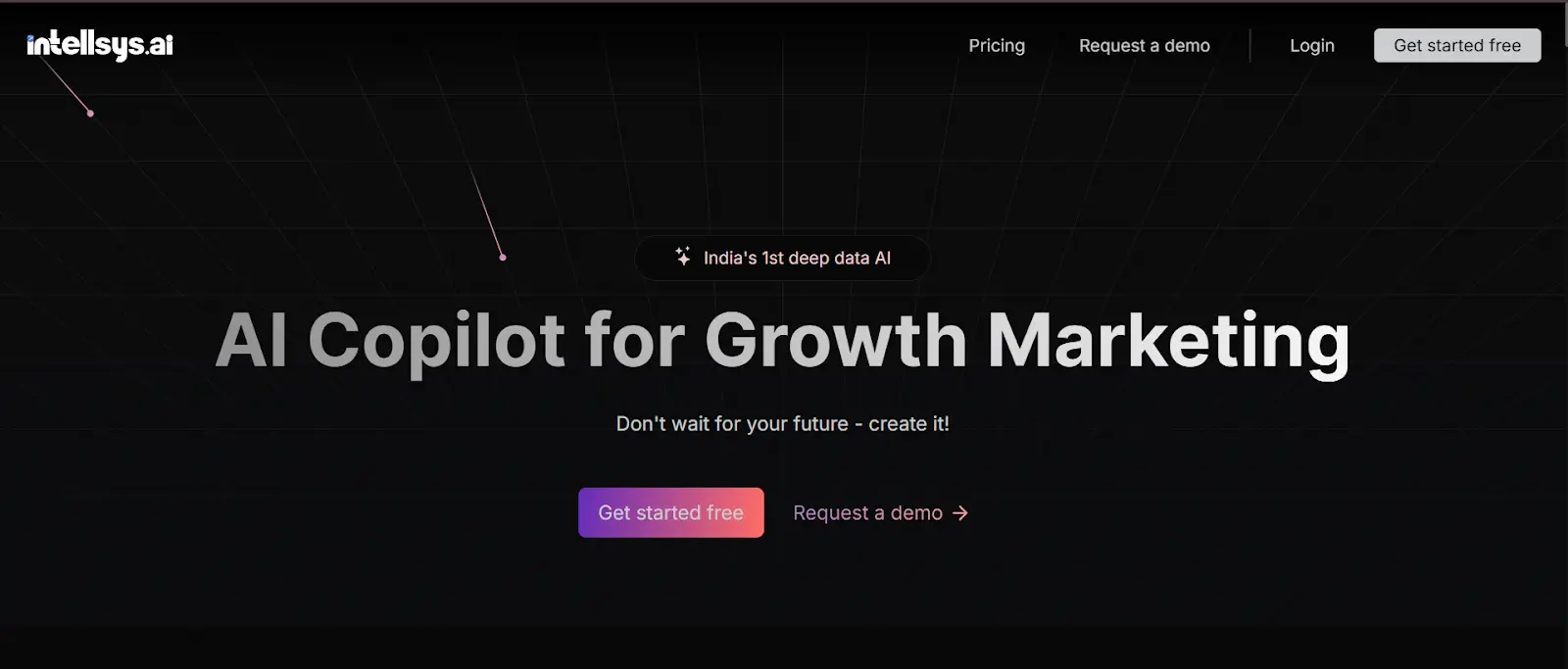Admissions in Half the Time: Cambridge School cut the cycle from 40 days to 18 days with OttoScholar’s automation

Schools that rely on spreadsheets and paper forms for admissions end up dealing with delays and misplaced documents.
Cambridge School overcame this by using OttoScholar’s cloud-based admission management system, reducing its cycle from 40 days to just 18 days.
The school streamlined interactions and provided real-time status updates to parents and staff by unifying applicant data, automating follow-ups via email, SMS, and WhatsApp, and introducing AI-driven lead scoring, increasing lead-to-admission conversion by 32%.
In this edtech case study, we will explore the common pitfalls of traditional admission workflows and break down Cambridge School’s transformational journey. We will also share practical best practices to accelerate and digitise admissions processes.
Cambridge School’s challenges in traditional admissions
Across the education sector, many schools, especially in resource-deficient areas, rely on manual data entry by staff who are juggling multiple administrative tasks. This often leads to delays, data errors, and frustration for families and administrators alike.
Take a look at these different challenges that school administrators face without an admission management software in place:
1. Manual, time-intensive workflows
Schools print, scan, and circulate physical forms, then manually transcribe data into spreadsheets. This back-and-forth adds days to each application, creating hurdles at every stage.
2. Rising parent expectations for self-service
Modern families expect to track an application from their phone, receive instant updates, and upload documents online. Legacy systems simply don’t offer 24/7 visibility, leaving parents constantly calling the office.
3. Disparate data and compliance risks
When enquiry, assessment, and fee-payment records live in separate tools, it’s easy for files to go missing or become inconsistent.
This data fragmentation complicates compliance with data protection laws like GDPR, which require strict control, accuracy, and accountability of personal data.
4. Competitive pressure to maximise lead conversion
With more schooling options available, any delay in response risks losing prospects to digitally savvy competitors. Slow follow-ups and unclear next steps result in high enquiry drop-off rates that can be slashed by 65%.
Introducing OttoScholar’s admission management platform
Do all of these challenges then have a solution? While there are plenty of digitised admission management systems available, Cambridge School used OttoScholar.
Staff can log in to view all applications, documents, and communications in a single place, while parents and students use a simple portal to check progress, upload forms, and receive instant updates.
Here’s a breakdown of the features that helped Cambridge School cut short its admissions cycle:
Why OttoScholar stood out as an education CRM software
When Cambridge School compared different admission management software, these four factors were all they needed to make OttoScholar the clear choice:
- Scalability and performance
The platform handles fluctuating application volumes without lag or downtime.
- Ease of use and customisation
Faculty adapted workflows in minutes, matching their existing processes without a steep learning curve.
- Data security and compliance
End-to-end encryption, role-based access, and GDPR-ready features protected sensitive student information.
- Curriculum alignment and local support
Pre-configured for the British curriculum and backed by a UK-based support team for straightforward deployment.
Solution overview: OttoScholar’s seven-module education CRM software
OttoScholar breaks the admissions journey into seven connected modules, each designed to tackle a specific sector pain point.
Their integrated approach transformed a fragmented, 40-day process into a cohesive, 18-day journey, meeting parental expectations and freeing up staff time. Here’s how each of OttoScholar’s modules helped Cambridge School make the admissions process a lot simpler, and the key results they saw:
1. AI-based lead qualification and scoring
Counsellors were guided toward the most promising applicants first by ranking enquiries according to their likelihood to convert.
- The challenge this mitigated: Competitive pressure to maximise lead conversion
- Cambridge School’s outcome seen: A 32 % uplift in lead-to-admission conversions
Read more on how Cambridge tripled lead-to-admission conversions.
-
Digital entrance tests with auto-evaluation
Instant grading of online assessments removed days of manual marking and sped up the decision-making process.
- The challenge this mitigated: Manual, time-intensive workflows
- Metric highlight: Cambridge School’s cycle time dropped by 55% (from 40 days to 18 days)
3. Automated engagement journeys
Preconfigured email, SMS, and WhatsApp sequences ensured families stayed updated about their children’s processes without the need for any follow-up calls.
- The challenge this mitigated: Rising parent expectations for self-service
- Staff impact: savings of 100+hours per term on routine coordination
4. Unified dashboard for parents, admins, and counsellors
All application details, documents, and communications appeared together in one view, removing the need to switch between tools.
- The challenge this mitigated: Disparate data and compliance risks
5. Assessments and AI scoring for fair selection
Each applicant received a composite evaluation score that blended online test results, interview feedback, and historical performance data. This transparent metric ensured consistency and fairness in the shortlist process.
- The challenge this mitigated: Disparate data and compliance risks
6. End-to-end digital automation: enquiry to enrolment
From initial enquiry and document upload through to fee payment and e-signatures, every step flowed smoothly in one system.
- The challenge this mitigated: Manual, time-intensive workflows and competitive pressure.
7. Intellsys.ai data-intelligence layer
Intellsys, an intelligent data management platform, was a huge help to OttoScholar. This analytics engine unifies data across all modules and auto-generates reports. So leadership gets real-time insights and clear recommendations without extra work.

Pro tip: Use an analytics layer like Intellsys.ai to generate real-time reports and surface actionable insights.
Implementation timeline and change management
Over five weeks, the platform went live in stages, causing little fuss and showing benefits. This is the path OttoScholar followed for the Cambridge School’s admission process transformation:
| Phase | Duration | Key activities |
|---|---|---|
| Discovery | Week 1 | Map current admissions steps and agree on success measures |
| Configuration | Weeks 2-3 | Apply school branding; set up workflows, rules, and a payment gateway |
| Pilot intake | Week 4 | Test with the Year 11 cohort and collect feedback |
| Full roll-out | Week 5 | Open to all grades and run hands-on training sessions |
Rolling out in stages lets the team adapt gradually and celebrate the small yet highly effective wins. By week two, staff were already noticing smoother operations and faster responses to parents.
This phased approach makes adopting a digital admission system straightforward. IT also delivers real improvements without the usual headaches.
Student and parent experience gains
Parents and students noticed the difference between traditional vs. digital admissions right away. What used to feel like a maze of paperwork became a straightforward, transparent process:
- A mobile-first self-service portal meant families could check application status any time, from anywhere, without any “Is my form in?” calls.
- One-click document uploads and e-signatures eliminated the need to print, scan, or courier paperwork.
- Automated reminders (via email, SMS, or WhatsApp) nudged users gently when something was missing, which avoided the last-minute rush.
- Clear, real-time timelines gave everyone visibility into next steps, reducing anxiety and increasing confidence in the school’s process.
This smoother, more transparent approach turned admissions from a headache into a positive first impression for both students and their families.
Lessons learnt and best practices for digital admission success
Cambridge School’s pilot showed that starting with a single intake or year group lets your team familiarise themselves with the new admission management system without overwhelming everyone.
Pro tip: Watch out for early wins. Cutting cycle time in half for a pilot cohort - might seem small, but it is a starting point that makes it easier to bring other grades on board.
Lesson learnt: Bring teams on the same page
Aligning marketing, admissions, and academic teams around shared targets proved essential. When everyone tracks the same goals (like reducing manual follow-up or increasing conversion rates), you can spot issues quickly.
Lesson learnt: The trick is keeping all applicant data in one place
Unifying applications, scores, and payments eliminated hand-offs and compliance headaches. Automated reminders let staff focus on engaging families.
Pro tip: Automate routine reminders. Communication via Email, SMS, and WhatsApp frees up staff time for personal conversations.
Lesson learnt: Gather feedback after each cycle
Taking quick surveys or short debriefs meant Cambridge School could tweak workflows easily. Those small adjustments added up to a smoother, more transparent process that left both parents and staff feeling confident and well-informed.
Wrapping up: OttoScholar - the complete student enrolment management system
Cambridge School’s move to a digital admission management system halved their processing time, lifted conversion rates, and rescued hundreds of staff hours. The unified portal and AI-driven features turned manual chaos into a smooth, transparent journey for everyone involved.
OttoScholar’s AI-driven education CRM software serves more than 500 institutions, unifying admissions, assessments, and parent engagement into one online admission system without any spreadsheets, paper forms, or scattered email threads.
OttoScholar is backed by GrowthJockey’s full-stack education industry expertise in India. If your school is ready to transform admissions, our team can make it happen.
FAQs on admission management systems
1. What is the use of student enrollment software?
A student enrollment software centralises academic, administrative, and communication tasks. It tracks enrolments, attendance, grades, schedules, and fees.
It also smooths out workflows, reduces manual errors, enhances reporting, fosters data-driven decision-making, and improves stakeholder collaboration and institutional efficiency.
2. What is an admission management system?
A student admission management system is an online interface where prospective students or their parents submit applications, upload documents, pay fees, and track status. It offers real-time updates, automated notifications, and data processing, improving the applicant experience.
3. What is the main objective of a student enrolment management system?
The main objective of a student enrollment management system is to centralise and automate administrative and enrolment, attendance, and grading, ensuring data accuracy, optimising resource allocation, enabling compliance reporting, and supporting timely, efficient decision-making.
4. What are the advantages of a student result management system?
A student result management system automates exam grading, score calculation, and report generation, reducing manual errors and saving time.
It provides secure storage, access to results, reports, and parent notifications, enhancing transparency, feedback, and academic planning.








